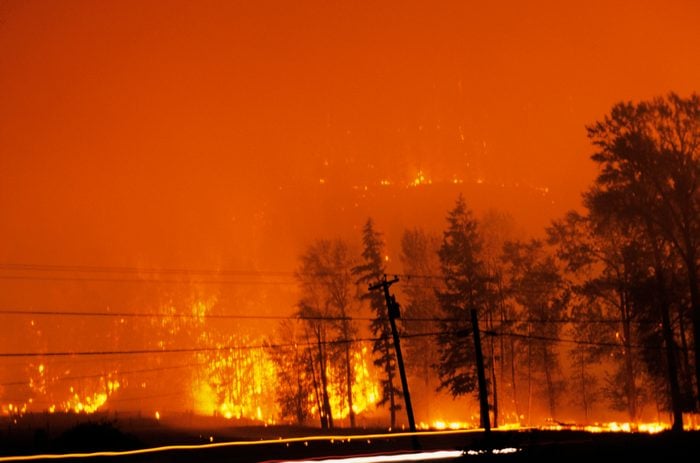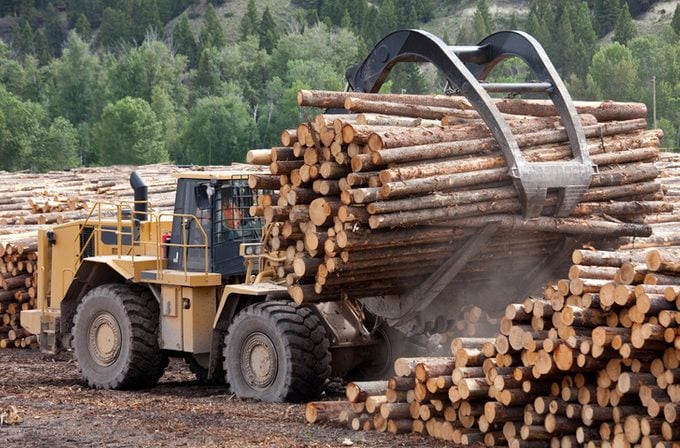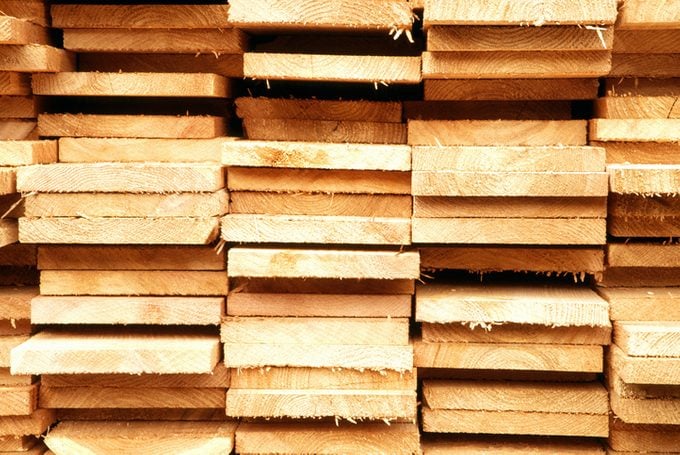Expect Another Rise In Lumber Prices — Here’s Why
Updated: Aug. 08, 2023

Lumber prices are about to get smoking hot. Check out this guide to learn what's behind it.
After reeling from unprecedented price hikes on lumber and other building materials during the pandemic, the construction industry has been experiencing some normalcy. While many building materials are still considerably more expensive than before the pandemic, almost all prices dropped from their record highs and remain relatively stable.
But things may be changing soon due to environmental impacts in Canada. Keep reading to learn more about rising lumber prices and their effects on the construction industry in the U.S.
On This Page
Lumber Prices in Early 2023
In early 2023, contractors dependent on framing lumber were a happy bunch. After dealing with mid-pandemic price hikes that drove the cost of lumber to $1,400 per thousand board feet, prices fell to below $400. A slight jump occurred in mid-February. But overall, prices remained relatively stable through the first 23 weeks of the year.
How Canadian Fires are Impacting Forests

Thanks to unseasonably warm temperatures and dry conditions, wildfires in the Canadian provinces of Alberta and Quebec popped up and spread quickly, leading to widespread damage and forced evacuations. As of late July, the wildfires scorched more 30 million acres of Canadian land, with some fires crossing the U.S. border into Washington State.
Canada’s forests cover 42% of its land— about 990 million acres. That means wildfires have impacted up to three percent of all Canadian forests — an area roughly as large as Maryland, Massachusetts, Vermont and Delaware combined.
These wildfires also took a sizable chunk out of the softwood lumber supply the construction industry uses for framing and plywood. As fires encroach upon lumber operations and sawmills, many businesses temporarily shut down, halting lumber production completely.
While wildfires don’t necessarily render all the wood in a forest unusable, they make it difficult or impossible to reach salvageable wood in time to save it.
Why Canadian Lumber is a Big Deal
Canadian lumber is a big deal for the U.S. construction industry. The U.S. purchases approximately 80% of its lumber from Canada, including spruce, pine and fir species. While there are other lumber sources available, including domestic, none are as convenient, stable or predictable as Canadian lumber.
The timing couldn’t be worse for the U.S. construction market. With the U.S. experiencing a housing shortage and housing construction finally taking off, the loss of Canadian lumber sources will inevitably cause prices to climb. The cost of future home construction projects will likely increase as well.
Lumber Price Forecast

Unfortunately, the Canadian wildfires aren’t under control yet, and the season isn’t over. The wildfire season usually ends around October, leaving two full months of potential burning ahead.
While there’s no way to forecast the exact impact these fires will have, there is some good news: Prices shouldn’t reach anywhere near the record highs they hit during the pandemic. Contractors and homeowners can expect a more modest increase, with the actual impact felt after the fires are under control and sawmills reopen.
